Back Flow Prevention Tips Every Homeowner Should Know
According to The American Society of Civil Engineers, there are more than 500,000 miles of sewer lines across the United States, and the average age of these sewer pipes is around thirty years. Thanks to the deterioration of these pipes, back flow incidents are more common and likely than ever before.
Back flow happens when the water in your home or business sewer system flows in the wrong direction. This is a more serious problem than a simple clog, as it signals that the dirty water and waste in your system is mingling with the clean water. In newer homes, there are devices installed to prevent back flow incidents from occurring, but they can fail in certain circumstances.
Here are some tips for back flow prevention that every homeowner can put into action.
Install a Back flow Prevention Device
If you live in an older home with an aged plumbing system, there may not be a backflow device present. You can have a double check valve or a pressure vacuum breaker to make the system less likely to have issues with water flowing backwards.
Perform a Test for Backflow Issues
You can pick up a kit to test your system at your local hardware store. To perform the test, you'll need a clear window of time during which you can turn off the water without disrupting your family. The test kit contains hoses and bushings to help you test the system's water pressure and catch the early signs of a problem.
Monitor Garden Hose Use
The garden hose can be a source of air and backed up water in the system. When the hose is in use, try not to let it get kinked or create puddles that can cause contamination of the hose nozzle. This can introduce bacteria into the system that can contribute to a backflow problem.
Check Filtration Often
When the filters in your system get old and aren't replaced on time, they can degrade and fail to help prevent back flow incidents. This also degrades the quality of the drinking water in the system.
By keeping these simple tips for prevention in mind, you can prevent a backflow incident from occurring in your home.

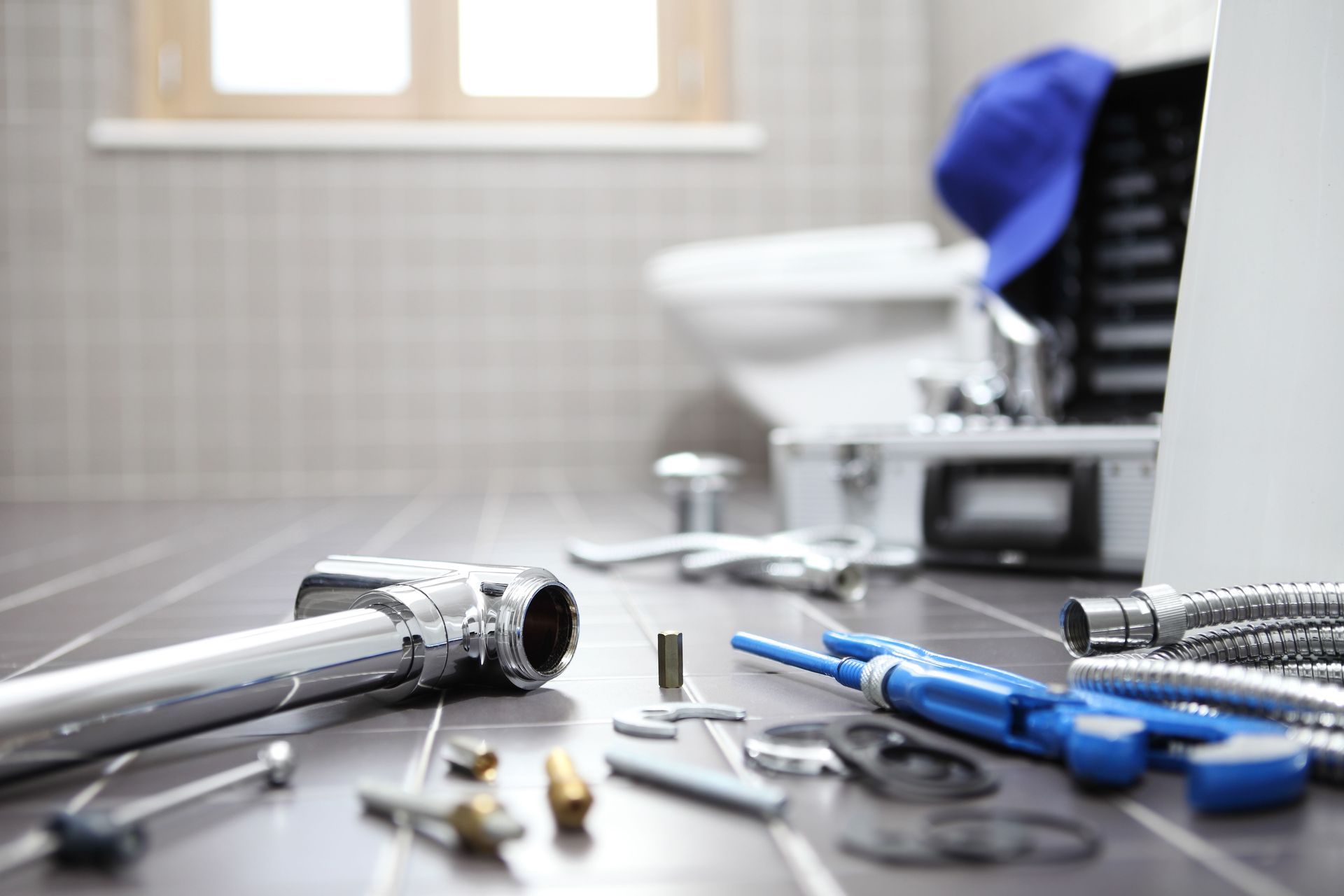
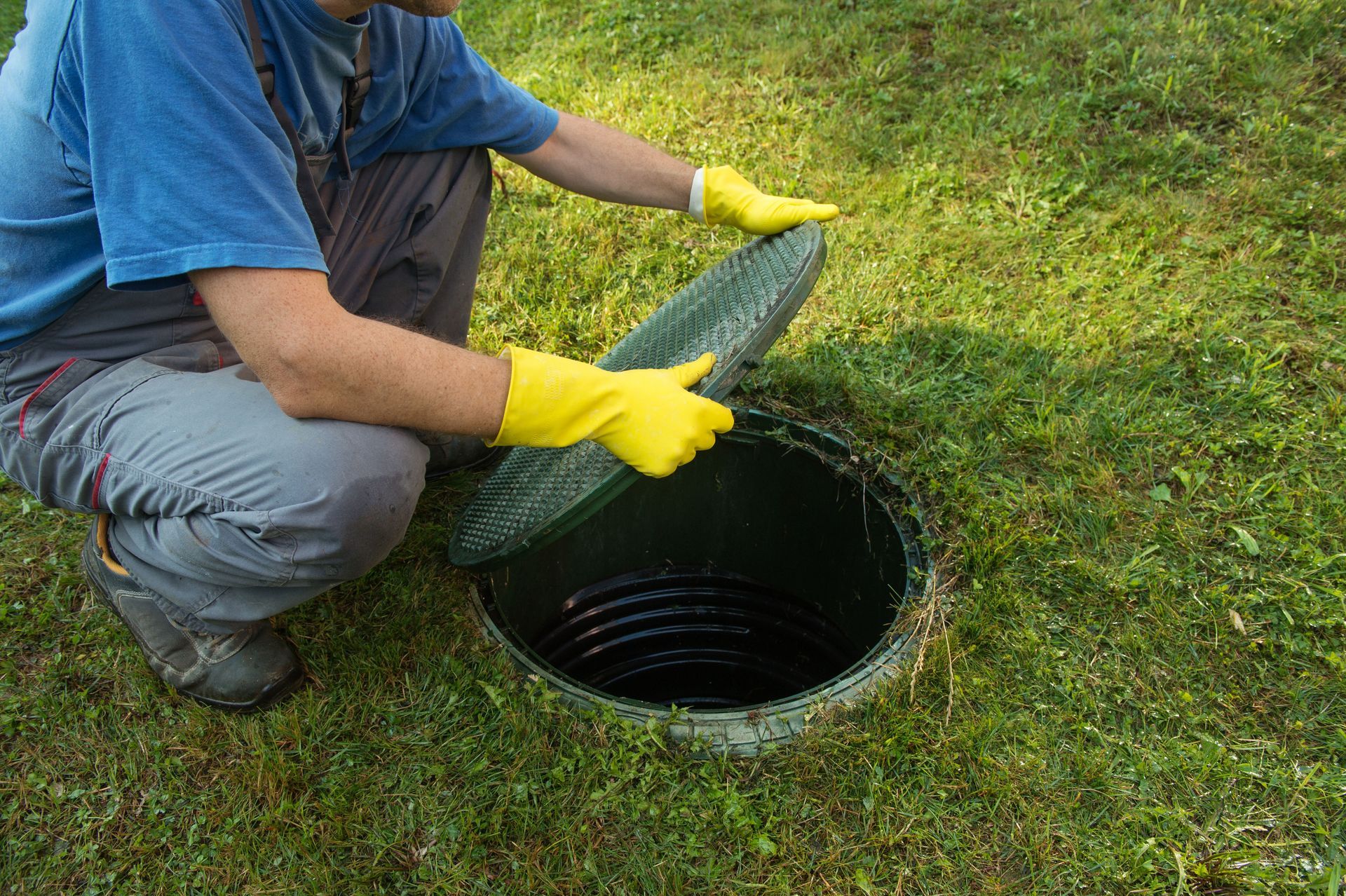
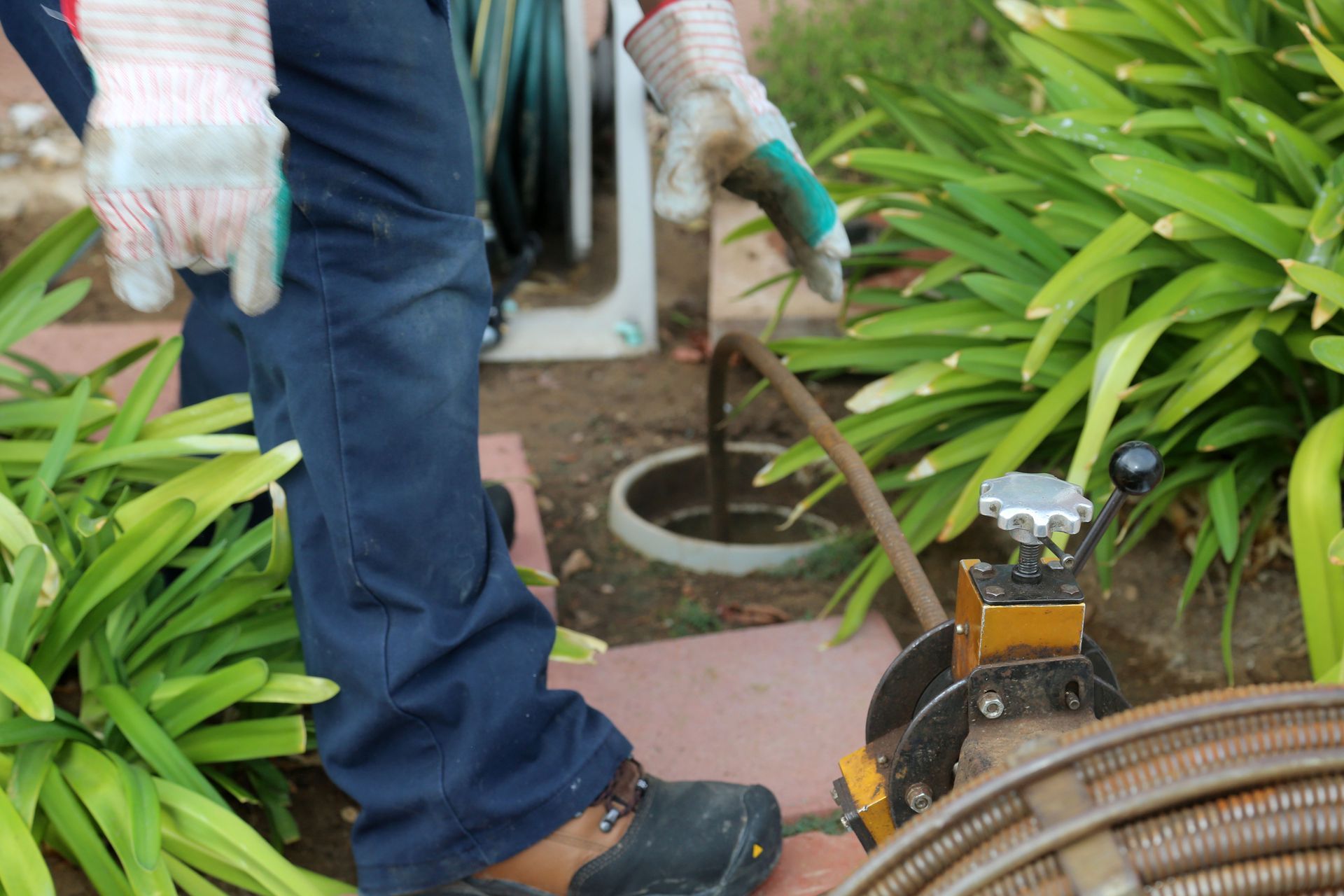
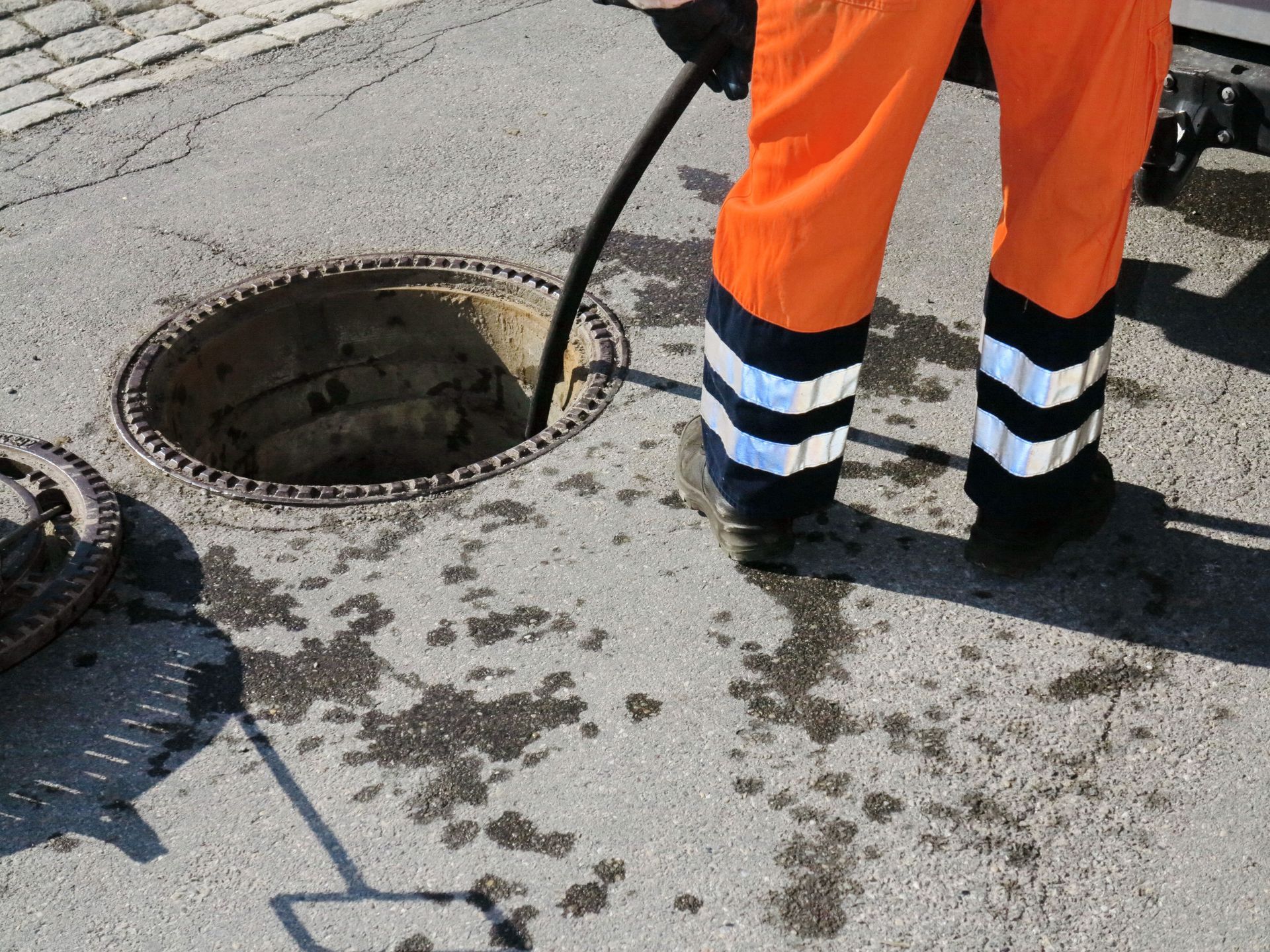
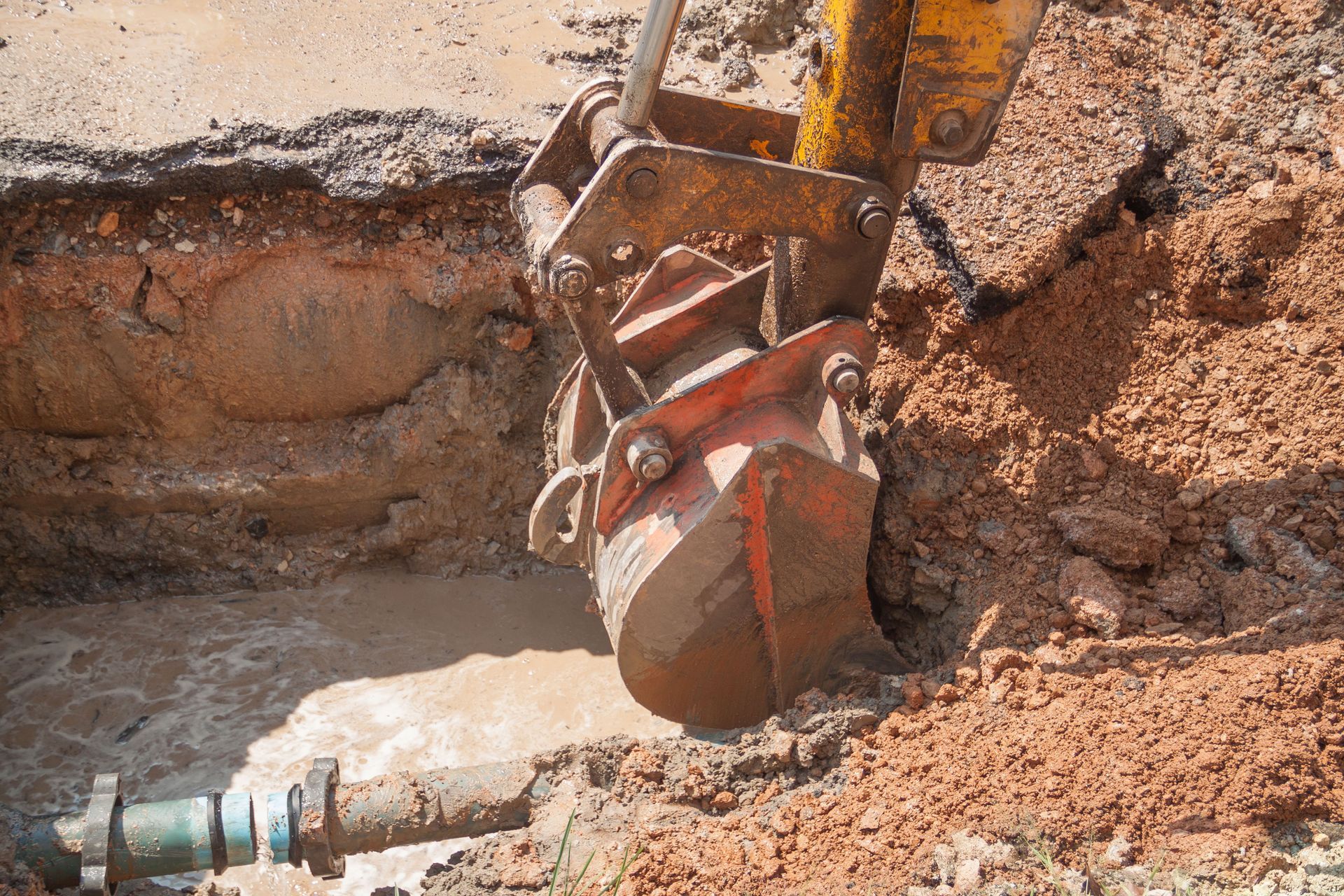
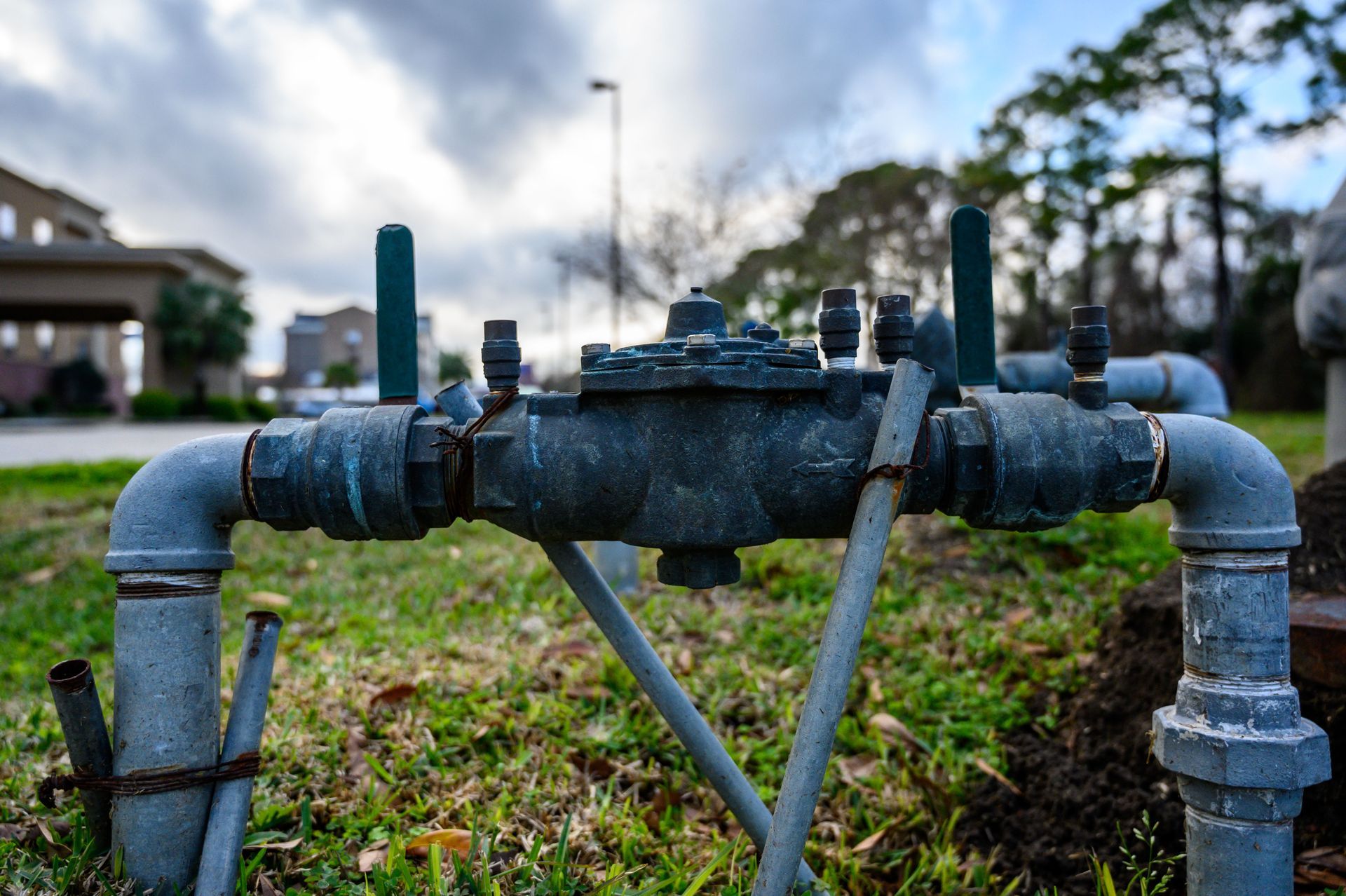
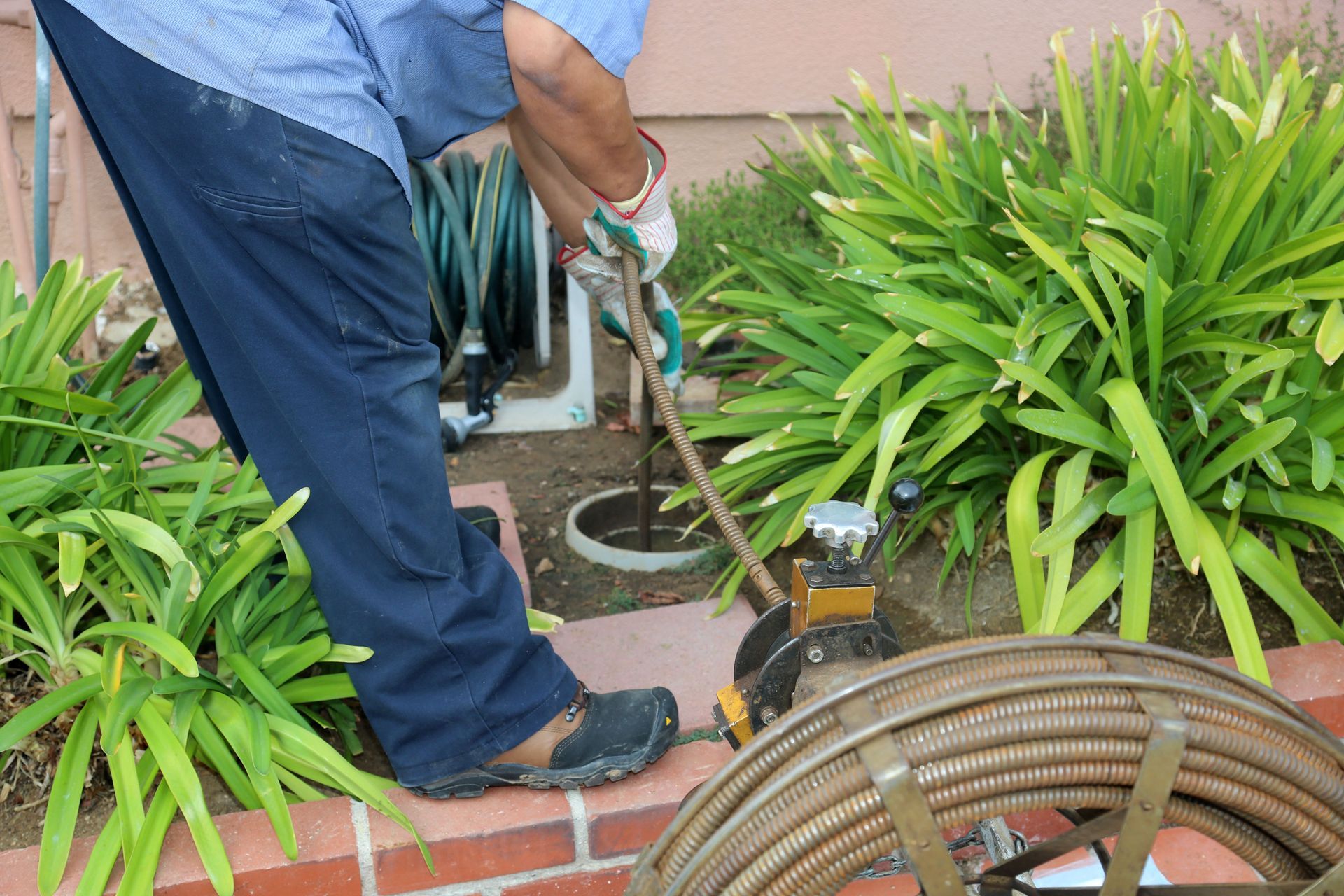
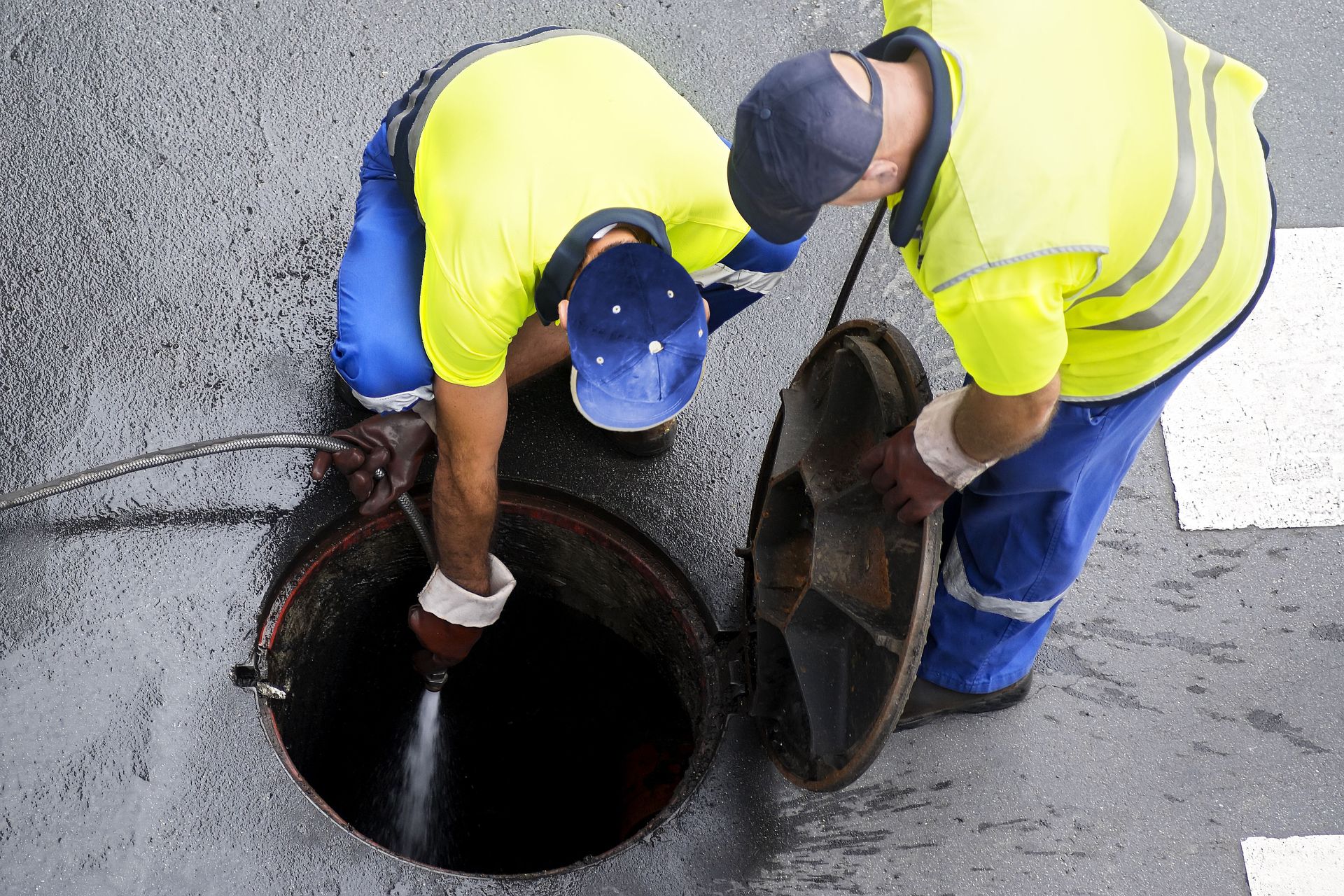
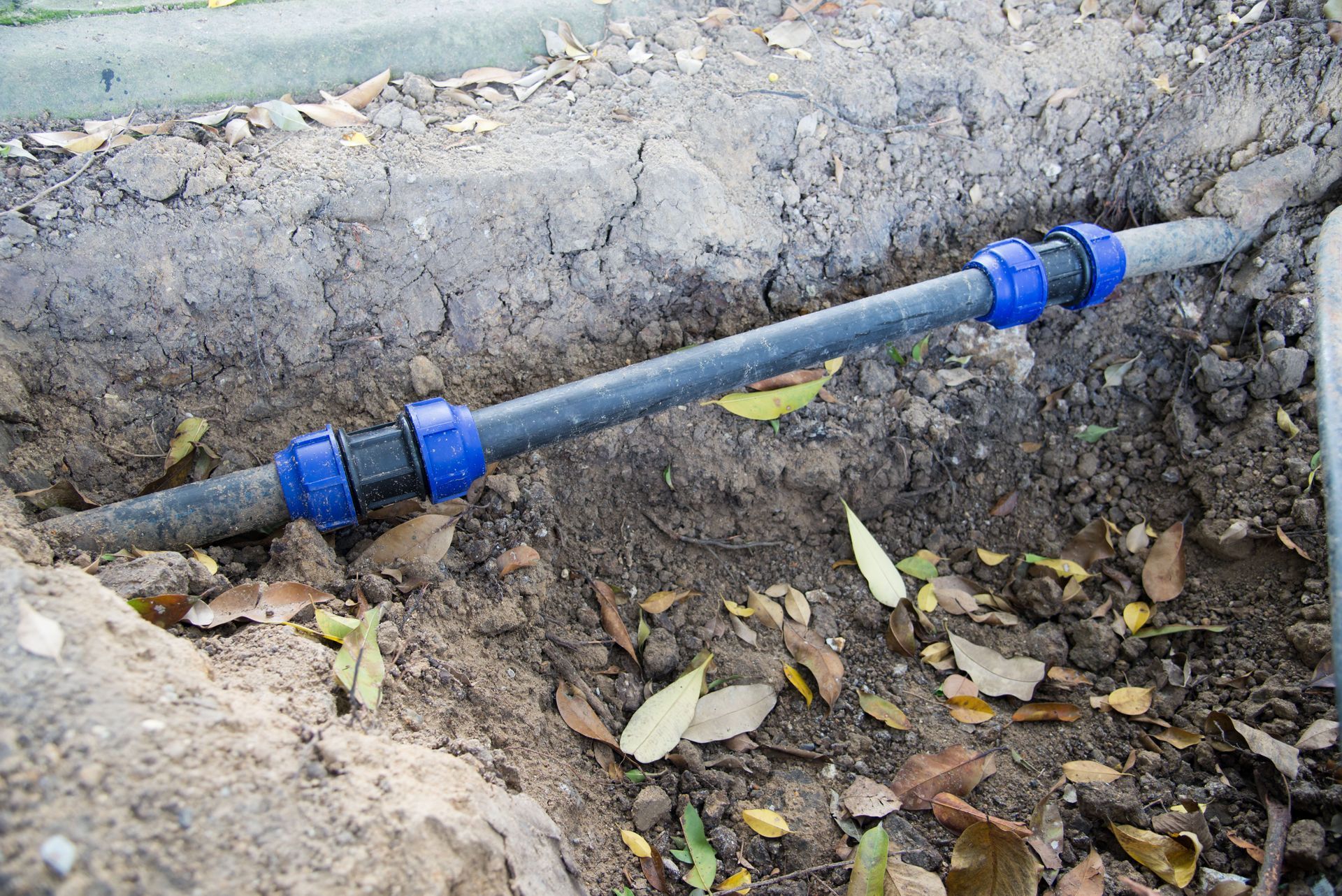
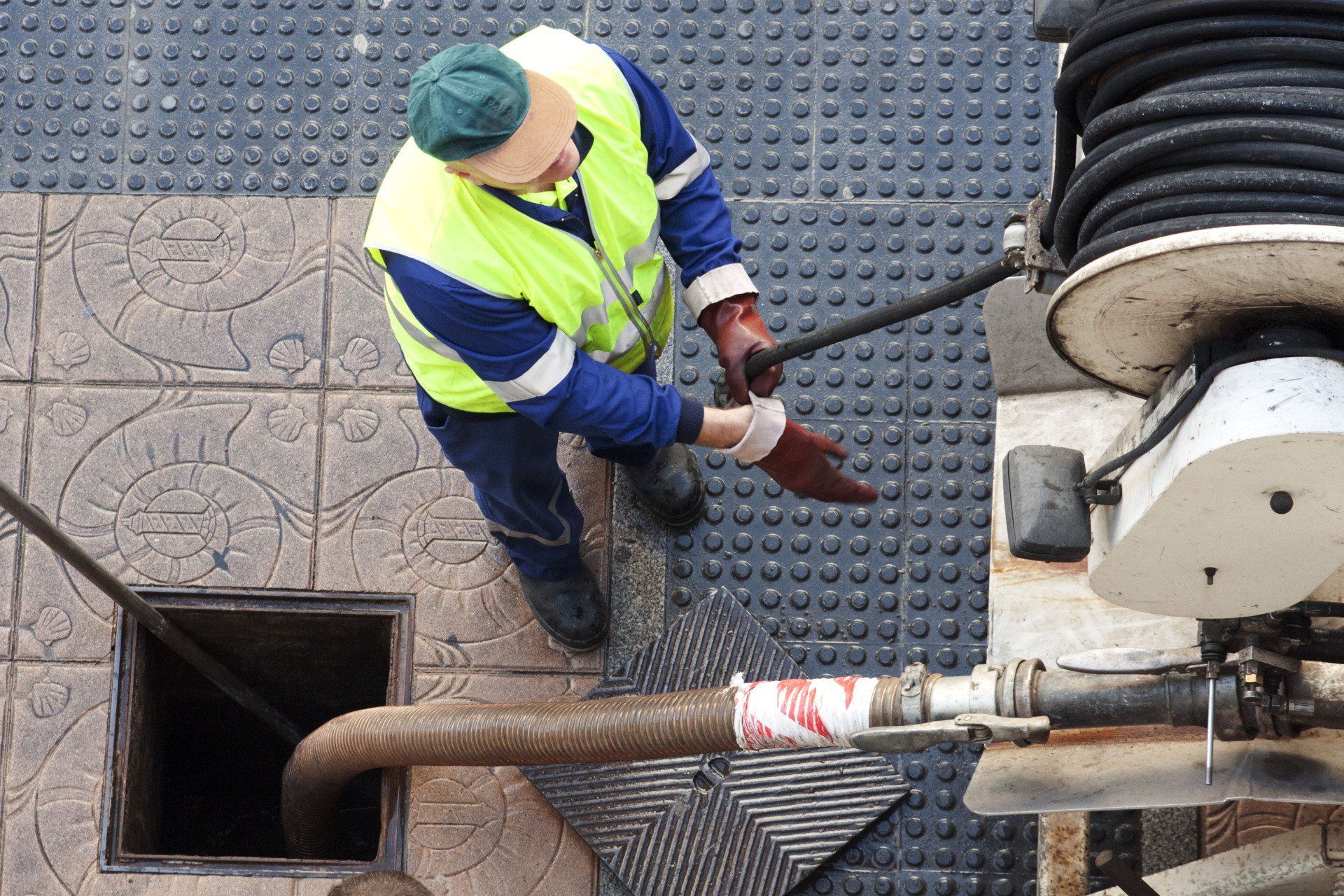
Share On: